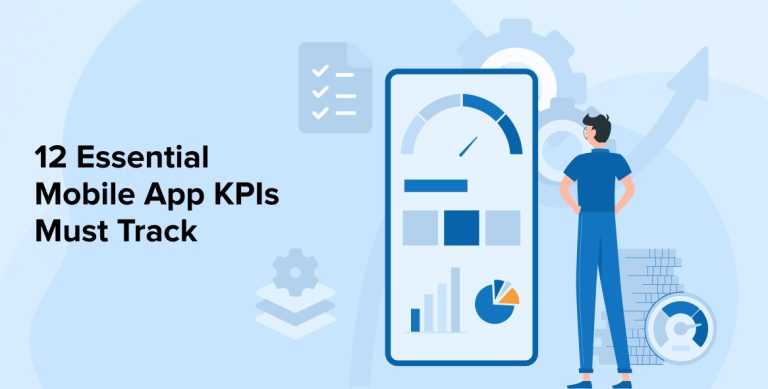
Nowadays, having a mobile application for any business has become mandatory as the number of mobile phone users has increased tremendously after COVID-19. As per an expert from Deloitte India, the total number of smartphone shipments in India will be 1.7 billion between the years 2022 and 2026. This means that mobile is a big accomplishment. But having a mobile app is not to just launch it, but to see that the app performs well for the end-users. For this, there are many different types of mobile app KPIs available in the market.
These KPIs enable app development companies to monitor their client’s applications and get metrics like average user costing, profitability, and more. Key performance indicators will give a clear picture of what the company is doing right and what needs to be improved. Basically, regardless of the industry type, tracking the KPIs is a must for mobile applications to check their performance.
In this blog, we will first understand what are KPIs & their importance and then go through the list of the most important mobile app KPIs in the market.
1. What are KPIs and Why Do They Matter?
KPI (Key Performance Indicator) means the approach that is used to know the performance statistics for any business. KPI measurement tools are used by the mobile app development team of any organization to monitor specific client behaviors, process them, and make a report of them to let the business owner know how the application is performing.
Basically, mobile app KPIs (Key Performance Indicators) are like ongoing performance evaluations for the business mobile app. Generally, businesses don’t like evaluations but by analyzing the business app, one can make it better. So, the majority of the mobile app KPIs are used to get daily reports or customized reports as per requirements. These reports give an overall idea of the app’s performance which helps business owners to make important decisions.
When it comes to KPIs, the number of KPIs one can track in the market and the data one can look for are seemingly endless. But to make sure you choose the right set of KPIs for your business, the trick is to determine what the business requires to know from each report that can help in improving the mobile app performance metrics.
2. Most Important Mobile App KPIs
There are many KPIs you can track. Your goals and strategies will influence these. Some KPIs are essential to all mobile app marketing. Now, we’ll look at what those are, why they are important, and how to calculate them.
2.1 Load Time
Load time is something that specifies the amount of time an application takes to load from the initial tap by the user to be ready to use. The loading time of the mobile apps also applies to the in-app screens and how long it takes for the users to transition from one app screen to another or from one app activity to another. In this case, the loading speed of the application can decide whether the business will slow down or grow, says Think with Google. The lower load time impacts the business a lot as the users won’t like to wait for their services and they might switch to the other competitor’s application. While the faster load time offers a desirable user experience which helps in growing the business revenue.
2.2 OS and Devices
OS and devices are the important mobile app metrics that display which operating systems and devices your target audience uses. This information can be used in various ways, such as –
- The data gathered from this mobile app KPI can be used to adjust the quality assurance strategy of the application. Basically, once the developers have determined the most used devices, they can focus more on the testing part of the app for that device and this allows them to cater to the majority of the business users.
- The other thing developers can do after knowing which type of operating systems or devices the users prefer is they can offer personalized services that can make the audiences feel special. For instance, retailers can offer Apple products to iPhone or iPad users. This will help them generate more revenue and iPhone users might like to buy other Apple products like earphones or iPods.
Besides this, the developers can also analyze user behavior as per their operating system choice. For this, they can watch the user’s session recordings and if a particular application has thousands of users, the developers can filter recordings by the operating system.
2.3 App Downloads
App downloads are known as one of the most essential mobile app marketing KPIs. This is the mobile app KPI that needs an eye on it constantly if the business application wants to grow its market reach. In spite of being the most important KPI, it is one of the easiest ones. This KPI lets the business know how their mobile app marketing efforts are going on, whether they are working or not. If the mobile application isn’t getting more downloads, then there are possibilities of having marketing funnel issues. This is why an organization that is not using marketing tactics prior to the launch of the application cannot expect a huge number of downloads one day.
Therefore, the organizations must have proper marketing approaches in hand and after applying them, they must track their downloads over time and see how their marketing efforts are correlating with the app metric trends.
2.4 Active Users
Once any application starts getting downloads, it is a good thing but that is obviously not the final stage of being successful. The majority of the users install the app but don’t use it at all or are not regular users, this means that the app owners won’t have the expected monthly active users and it will affect the business.
Besides this, there are chances that the application loses the majority of the users within the first few days of the installment if they don’t find it very engaging and useful. This is why the tech team of any business organization must keep track of their Monthly Active Users (MAU) and Daily Active Users (DAU). This mobile app metric helps in getting a clear idea and better understanding of how engaging the app is.
Here, in the active user’s KPI, DAU is the metric that shows the number of unique users that open the applications and use them daily. While on the other hand, MAU gives the number of unique users that utilize the application in a particular month. As per the type of application the business holds, the metrics can be used. For instance, if the application is for social media, health, or dating, DAU is the most preferable KPI. But if the application is for travel or food, MAU is the best KPI for it. So for the in-house or the outsourcing software development team, it is very important to figure out how important this metric is and how it can be used to monetize the business goals.
2.5 Churn/Retention Rate
If any business owner wants to know whether the users are enjoying the application or not then there is a way for calculating it. One can measure how many of the app users are enjoying it, how many of them are leaving it in a short period of time, or how many are staying longer. For this, Retention Rate and Churn Rate are the two most simple mobile app KPIs. They help the tech team of any application calculate the number of users that stay with the application by checking the change in user base over a specific time period. In this calculation, the number of users who continue using the application is retained and those who leave the application are lost to churn.
There are different ways to calculate the Retention and Churn rate to check the right number of users. For example, measuring the Retention/Churn rate simply by month’s download base can be the best option if the business owner is interested in getting the effectiveness of the marketing and brand awareness efforts. But if the interest is in the UX, in-app messaging, or in-app design of your product, then a deeper calculation is needed such as logins per month. After this calculation, you get a low retention rate and a high churn rate then this is known as a warning for the business as this indicates that the users are leaving the app very soon.
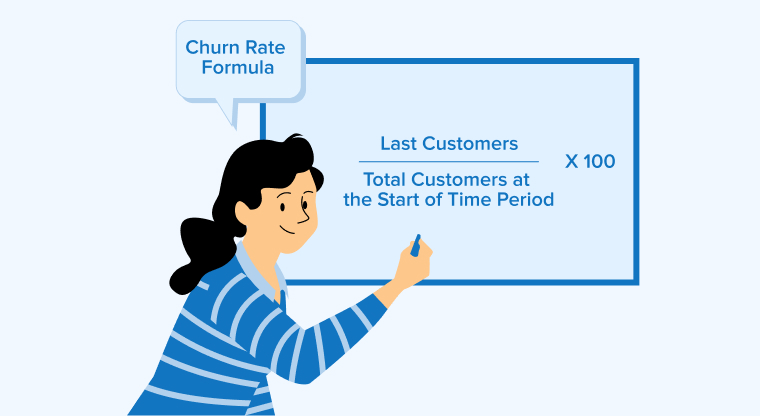
2.6 Session Length and Depth
Another important mobile app KPI is session length and depth. Here, sessions mean the time during which a particular user is performing an action in the application. When it comes to the mobile application, the session begins as soon as the user opens the application and it ends when there is no activity performed by the user over a specific period. The session length indicates a lot about the user’s engagement level with the application. While on the other hand, the session depth is a metric that is best at displaying how close the mobile app user gets to the targeted action in the app. For instance, a purchase.
One can find the session length and depth metrics in Google Analytics for the mobile application under the “Traffic Acquisition” tab.
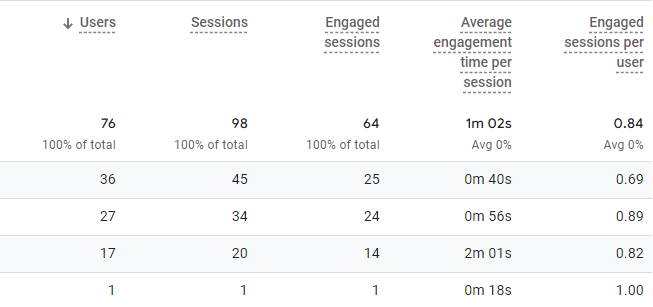
2.7 Cost Per Acquisition (CPA)
Cost per acquisition (CPA) is one of the most widely used mobile app key performance indicators. Businesses nowadays try to run campaigns to acquire new application users. But at the time of accounting, they need to calculate the monetary investment as it is helpful to know how much the organization has spent on each audience member that it has acquired. This calculation is done through cost per acquisition (CPA). It offers clarity by dividing the costs associated with the campaign by the number of acquisitions that happened during the campaign run. This allows businesses to compare the relative impact of different campaigns. It also helps the company to manage its marketing expenditure in thoughtful ways.
The formula to calculate CPA is;
Costs ($)/ #Acquisitions = CPA.
2.8 App Rating
Just like app store reviews, app rating is a KPI in which the more positive ratings the business gets, the higher the average rating is and this benefits the organization a lot. Having said that, there are users that don’t usually rate the application, and this results in inadequate rating numbers. This doesn’t give the businesses a clear idea about the engagement metrics of the application. But for this, proper marketing strategies can do wonders and get the expected rating numbers from the users. After that, the app rating mobile KPI can be used to measure the app’s success ratio from its ratings. Besides this, there are a lot of other key performance indicators that mobile app developers can use to get the metrics of the success ratio of the application.
2.9 Lifetime Value
The lifetime value specifies the average number of user monetization over the entire time they spend interacting with the app. Lifetime Value is one the most essential mobile app analytics metrics that can be useful but also tricky to calculate as per the business model. But to make its calculation easy, one must first understand the kind of users the business application is bringing in and whether the business model is sustainable or not.
Its formula is as follows –
Lifetime Value (LTV) = avg $ per purchase * avg # of users annually * # of years users use the app
But sometimes it happens that the technical team of the business organization might not have the access to all three of these metrics as the app might be in the early stages. In this case, different metrics can be used as follows –
LTV = Average Revenue per User (ARPU)* /Churn Rate
2.10 Mobile Conversion Rate
Another important mobile app key performance indicator is conversion rate. It is the most critical metric. Applications of big firms might have thousands or even millions of users, but what actually matters for the firm or what is profitable for the firm is the conversion rate of the users. This means that the company must earn the maximum revenue from selling goods to these users. To increase the conversion rate of the application, one can personalize the offerings, adjust call-to-action buttons, craft easy-to-understand copy, test the most popular user paths, and make sure that the payment methods of the application are safe.
But after doing all these things, the most important thing is to calculate the conversion rate and get the final rate. But how to track mobile app conversions? The most simple way for this is to set up various events in the business app’s analytics. For instance, if the business owner wants to see how many application users have successfully purchased a product to those who faced an issue in doing so and have dropped off the idea of buying products from the app.
For this calculation, one needs to create two different events: “Plan_purchase_success” and “Plan_purchase_error”.
Now, these events must be tested on the free open demo environment. This will help the organization in knowing how the event works and it will be able to compare them by pressing Ctrl/Command and then selecting the events to form the action sidebar.
2.11 In-App Purchases
An in-app purchase is a metric that shows the organizations how often the mobile users are spending real money on their app. The main reason behind these metrics is that every business must have enough purchases and app monetization enables businesses to track metrics like this. It is essential to track the in-app purchase numbers over a period of time to see if the events or campaigns that you are running to increase the sales for the application are leading to more purchases or not. For instance, in-app purchases might increase during the holiday season for eCommerce applications or if you have a gaming app, the purchase might increase after some marketing promotions.
2.12 Average Revenue Per User
The last mobile app KPI in this list is the average revenue per user (ARPU). It is a very simple calculation of the average revenue earned by the business application from each user. This formula doesn’t offer the granular insight of Lifetime Value but gives a quick and easy way to have a look at the overall financial health of the mobile application since the app was launched.
To calculate the average revenue per user, one needs to divide the total lifetime revenue of the app by the number of total mobile app users in the lifetime of your app. For instance, if the total lifetime revenue generated is $20 million to date, and you have had 10k total lifetime users, the Average Revenue Per User of your mobile app will be $2,000. Basically, lifetime value and average revenue per user may calculate different KPIs but these formulas should be used for a concert and identify opportunities to offer enhanced process optimization and user experience.
Average Revenue Per User (ARPU) = Total Revenue Generated During a Specific Period of Time/ Total Number of Active Users
3. Conclusion
As seen in this blog, when it comes to having the best mobile application with a great performance track record isn’t always possible as there is no one foolproof method to spin data into a successful market campaign. Therefore, the mobile app development and marketing team has to work very closely to offer the best features and market them well so that they can make sure a few boxes get ticked in the right order. Then they can relax and see the conversion rates going high. But for all these things, the most important factor required is mobile app KPIs. They help the technical team of any business to get a clear idea of how well the mobile marketing efforts are going and which factors need improvement.
Therefore, having hands-on experience in using the above-listed KPIs is a must as it enables the tech team of any business organization to reflect on the progress of the firm and measure mobile app performance metrics accordingly.


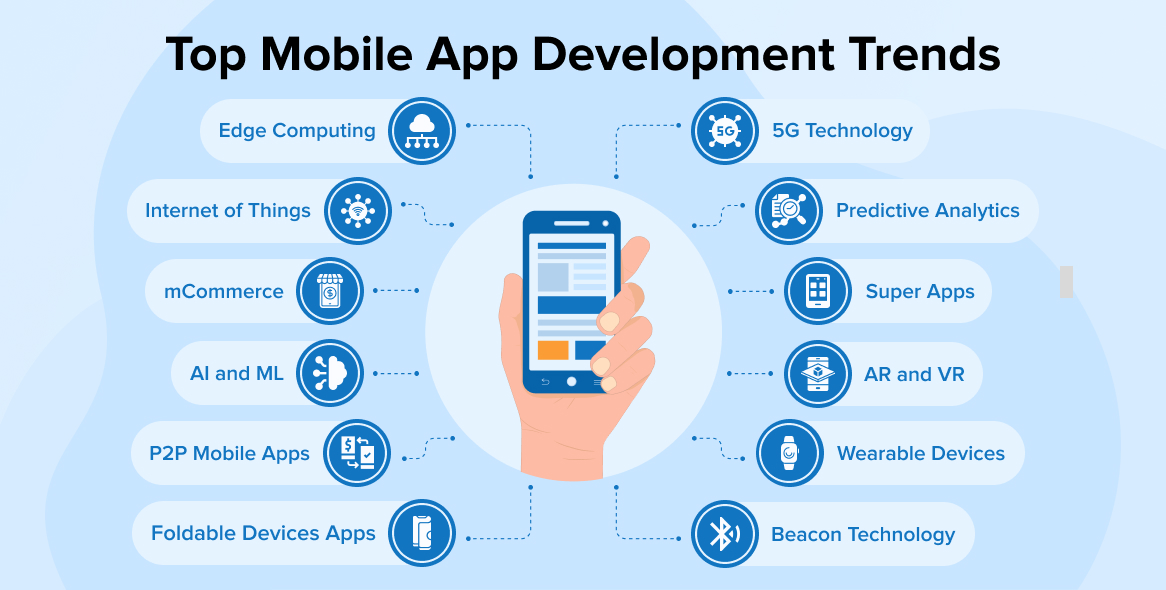
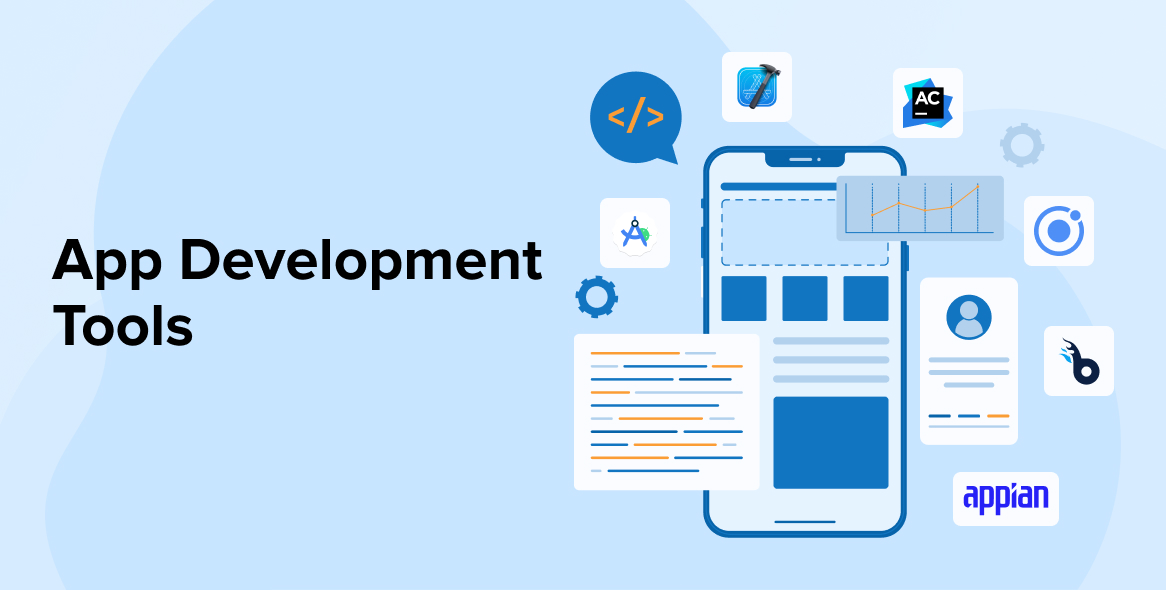
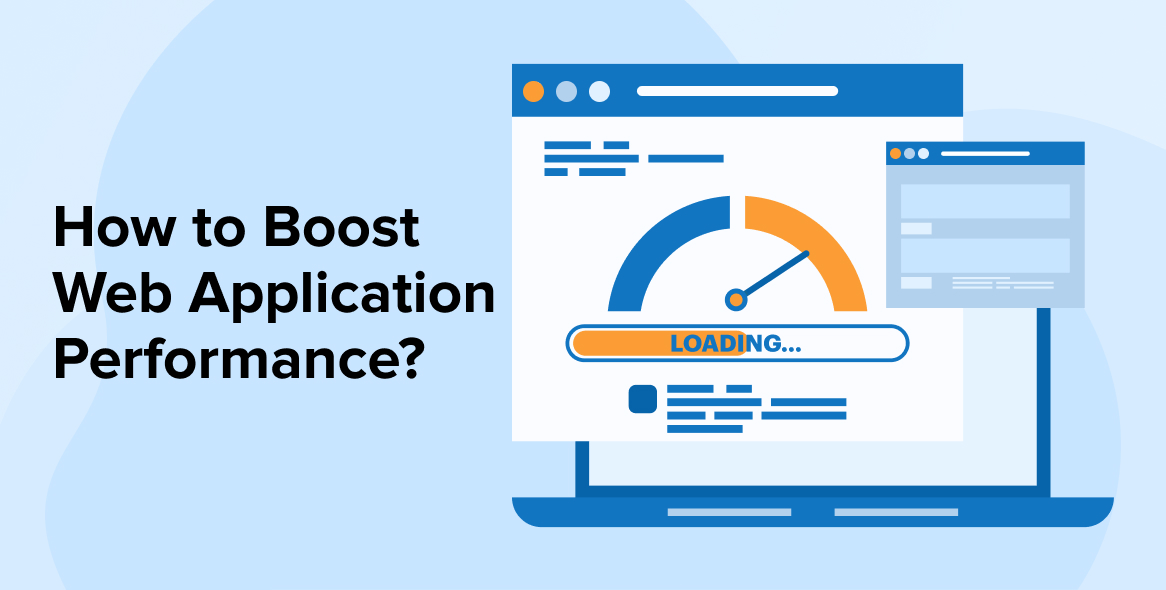

Comments
Leave a message...